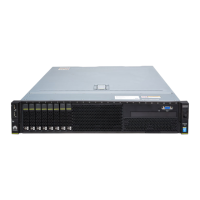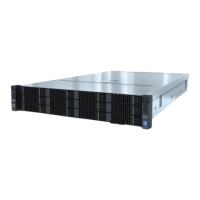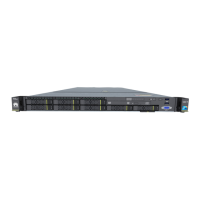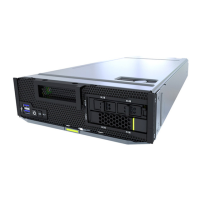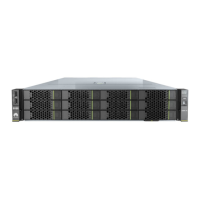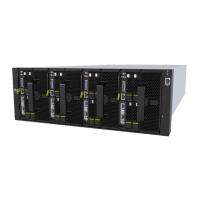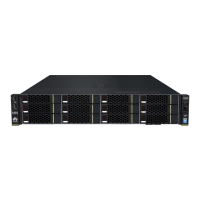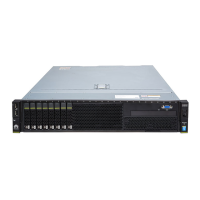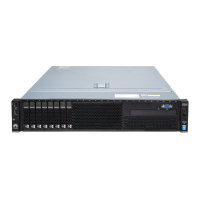8.1 iBMC
The iBMC is a Huawei proprietary intelligent management system that remotely manages
servers. It complies with Intelligent Platform Management Interface (IPMI) 2.0 and Simple
Network Management Protocol (SNMP), and supports various functions, including keyboard,
video, and mouse (KVM) redirection, text console redirection, remote virtual media, and
reliable hardware monitoring and management. The iBMC provides the following features:
l Remote control
Controls servers through the KVM, serial over LAN (SOL), and virtual media functions.
l Alarm management
Receives alarms reported by field replaceable units (FRUs) and rectifies faults based on
alarm information.
l Status monitoring
Monitors the operating status of FRUs in real time.
l Device information management
Allows you to query device version, model, and asset information.
l Heat dissipation control
Dynamically adjusts fan speeds based on ambient environments and workloads.
l IPMItool
Supports IPMItool commands.
l WebUI management
Provides user-friendly web user interface (WebUI) for easy management. On the WebUI,
you can configure and query information quickly.
l Centralized account management
Centrally stores all accounts on the Active Directory server and directs the authentication
process to the server, which allows you to log in to the management system by using a
domain account.
For details, see the FusionServer G5500 Server 1.0.0 iBMC User Guide.
8.2 BIOS
The basic input/output system (BIOS) is the most basic software loaded to a computer
hardware system. It serves as an abstraction layer between the computer hardware and the
operating system (OS), and is used to perform hardware initialization during the boot process
and provide runtime services for the OS and programs. Figure 8-1 shows the BIOS position
in the system.
The BIOS data is stored on the Serial Peripheral Interface (SPI) flash memory. The BIOS
performs a power-on self-test (POST), initializes CPUs and memory, checks the I/O and boot
device, and finally boots the OS. The BIOS also provides functions such as advanced
configuration and power interface (ACPI) for advanced power management, and hot swap.
The Huawei Grantley-based server is developed based on the Insyde code base and uses a
proprietary BIOS. It supports customization and provides a variety of in-band and out-of-band
configuration functions as well as high scalability.
FusionServer G5500 Server
User Guide
8 Software and Configuration Utilities
Issue 02 (2017-12-15) Huawei Proprietary and Confidential
Copyright © Huawei Technologies Co., Ltd.
174
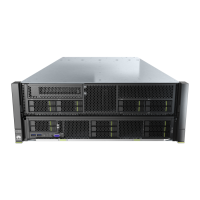
